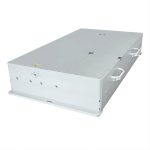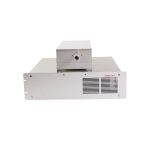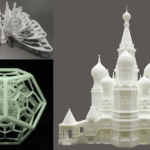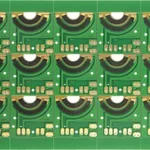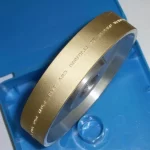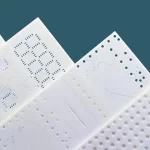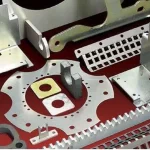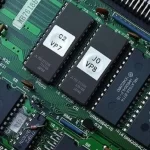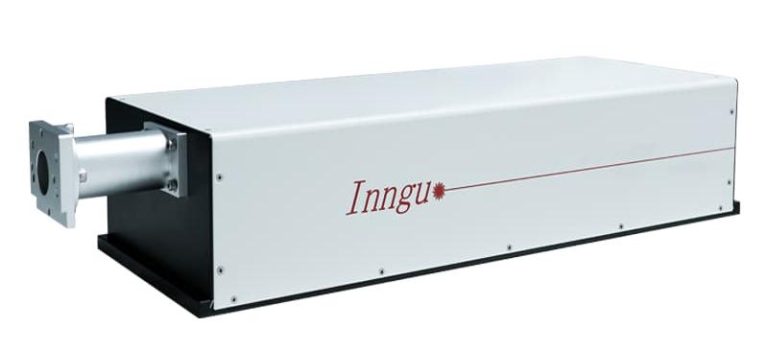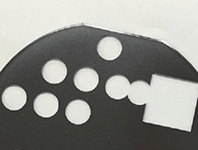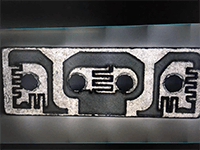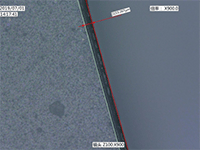532nm green nanosecond laser is commonly used for medical applications. Due to low threshold for optical damage, high peak power and energy density, it is ideal for the applications in biomedical field.
532nm nanosecond laser is based on the technology of second harmonic generation. It adopts the crystals of Nd: YAG as gain medium and can achieve the output of high energy pulse by external Q switching. When the incident pulse passes through Nd:YAG crystal, 532nm green laser can be generated via nonlinear effect.
- High energy density: 532nmnanosecond laser has high energy densityand can provide a large amount of energy output in very short time.
- Narrow beam diameter: 532nmnanosecond laser has narrow beam diameterand can be used for precise focusing and cutting.
- High repetition frequency: 532nmnanosecond laser has the output ofhigh repetition frequency and is suitable for applications which require fast processing.
- Q-switchedmode: 532nmnanosecond laser adopts external Q-switched mode, which can flexibly adjust the pulse width and repetition frequency to meet the requirements on different application.
532nm nanosecond laser is also widely used in the field of material processing. It can be used for micro and precise cutting, hole punching, surface treatment and etc. Owing to its high energy density and repetition frequency, 532nm nanosecond laser can complete various processing tasks quickly and precisely .
532nm nanosecond laser plays an important role in scientific research. It can be used for analysis of material property , kinetic research of chemical reaction and etc. By adjusting pulse width and repetition frequency, it can achieve precise control of samples and provide reliable experimental datas.
532nm nanosecond laser also has applications in the field of optical communication. It can be used as laser source and modulator in optical fibre communication systems. High speed and stable data transmission can be reached because of its high energy density and narrow beam diameter. 532nm nanosecond laser is a sort of advanced laser technology with a wide range of applications in biology, material processing, scientific research and optical communication. With the continuous progress of technology, it is believed that 532nm nanosecond laser will be applied in more fields and bring more convenience and innovation to human beings.
In the medical field, the 532nm nanosecond laser is widely used for various applications. One important application is in dermatology, where it is used for tattoo removal. The high energy density of the laser allows it to break down the pigments in the tattoo ink, effectively removing the tattoo. The narrow beam diameter ensures precise targeting, minimizing damage to the surrounding skin.
Additionally, the 532nm nanosecond laser is used in ophthalmology for the treatment of retinal diseases such as diabetic retinopathy and macular degeneration. The laser can be used to selectively target and seal off abnormal blood vessels in the retina, preventing further damage and preserving vision.
In the field of material processing, the 532nm nanosecond laser is used for micromachining and precision cutting. Its high energy density and narrow beam diameter enable precise and efficient material removal, making it suitable for applications such as microelectronics fabrication, circuit board manufacturing, and precision machining of small parts.
Furthermore, the 532nm nanosecond laser is utilized in scientific research for various purposes. It can be used for spectroscopy, allowing researchers to analyze the properties of materials and study their molecular structure. The laser’s high repetition frequency and adjustable pulse width make it suitable for time-resolved experiments, enabling researchers to investigate fast chemical reactions and dynamic processes.
In the field of optical communication, the 532nm nanosecond laser serves as a reliable light source for optical fiber communication systems. Its high energy density and narrow beam diameter allow for efficient and stable data transmission over long distances. The laser can also be used as a modulator to encode information onto the light signal, enabling high-speed data transfer.
In conclusion, the 532nm nanosecond laser has a wide range of applications in the medical field, material processing, scientific research, and optical communication. Its high energy density, narrow beam diameter, and adjustable pulse parameters make it a versatile tool for various applications. With further advancements in technology, the 532nm nanosecond laser is expected to find even more applications and contribute to further innovation in different fields.
